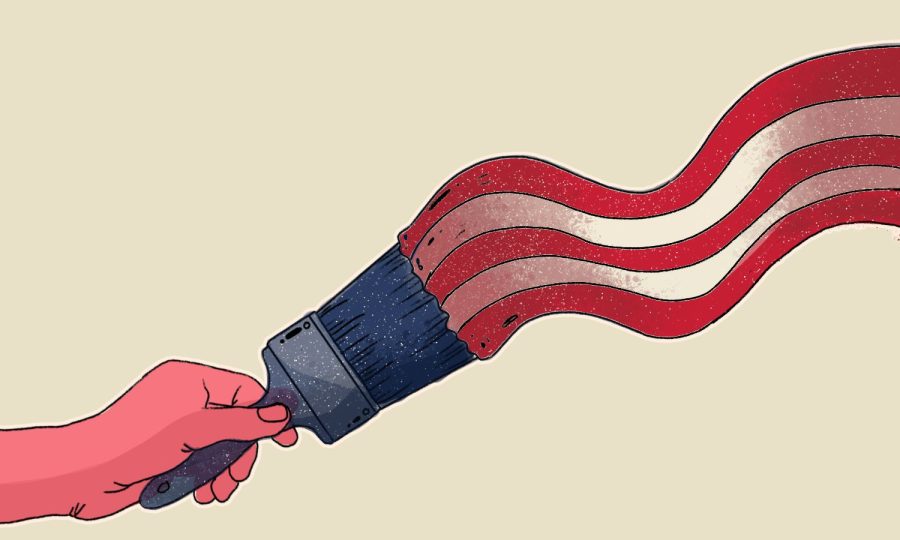How visual art shapes our political, moral compass
Collegian | Trin Bonner
October 20, 2022
Visual art remains one of society’s most valued means of communication, spreading ideologies through methods beyond the need for words or sound.
The value of visual art is especially important in shining light on issues plaguing communities affected by injustice through its ability to spark change through images.
“Art can be more powerful than a pamphlet … or a statement that you get with these bullet points as to why you should vote a political way,” said Emily Moore, associate professor of art history at Colorado State University. “There’s something more visceral about seeing visual arts.”
As an art history professor specializing in Native American and American art, Moore shared perspectives on the effects of art on politics as well as global perspectives.
In this year’s midterm elections, it’s important to understand the ways visual art acts as a catalyst for change against injustice and how the outreach of art can affect the personal politics of a voter.
“It’s the art that goes deep on the human visceral level.” -Emily Moore, CSU associate professor of art history
Moore mentioned numerous historic pieces that exemplified sentiments of community struggle on national and international fronts. Each piece brings light to issues affecting the people of the time.
Moore also mentioned the political stances artists can take through their artwork. In one instance, Moore pointed to “The Problem We All Live With,” an iconic Norman Rockwell painting. According to The Kennedy Center website, Rockwell’s painting is a “a visual commentary on segregation and the problem of racism in America.”
“There’s something more human about seeing this kind of depiction … all the choices that the artist made … and there’s something really powerful about that I think makes a human connection other political platforms can’t,” Moore said.
Moore mentioned “We Can Do It!,” J. Howard Miller’s piece depicting Rosie the Riveter, a strong working woman, something that became much more common when the piece was advertised during World War II. The piece by Miller has become “one of the most famous icons of World War II,” according to the National Museum of American History website.
Moore also detailed the interpretation of Pablo Picasso’s “Guernica,” a renowned anti-war piece made in response to the bombing of Guernica in the Spanish Civil War, depicting the devastating effects war wreaks on ordinary people. According to the Pablo Picasso website, the piece is “a perpetual reminder of the tragedies of war, an anti-war symbol and an embodiment of peace.”
The genesis of “Guernica” stems from the tragedy of the effects of conflict on a regular person, something shared with a number of pieces depicting similar messages. Moore mentioned how the depiction of tragedy within these pieces can be seen as “cathartic” for an artist.
“That’s definitely the catalyst for a lot of great art — some kind of horrendous tragedy someone’s wrestling with how to think about,” Moore said.
Visual art, while not necessarily political in its conception, deals with the fibers of how its creator perceives and is affected by an issue or event, spawning an outburst of change in audiences by what Moore called “visceral human connection.”
The effect of art that enters the political sphere is that of deep human emotion, affecting the political sphere and the leanings of voters through emotional appeal toward an issue.
“It’s the art that goes deep on the human visceral level,” Moore said.
Reach DJ Vicente at entertainment@collegian.com or on Twitter @DeejMako





